I'm a French student and today I have to control some magnetic things with an Arduino. It seems to be electromagnets, but I'm not sure, since I'm a complete novice to electronics.
I saw some StackExchange answers that helped me a bit, but I can't really figure what to do exactly without frying my Arduino.
The datasheet of the magnetic thing is here.
Wired to a AA battery, it worked, and I don't need much more power, so I think that the Arduino could power it, nope?
Do I have to make a montage like this, or can I make a more simple one? If you do need precisions.

